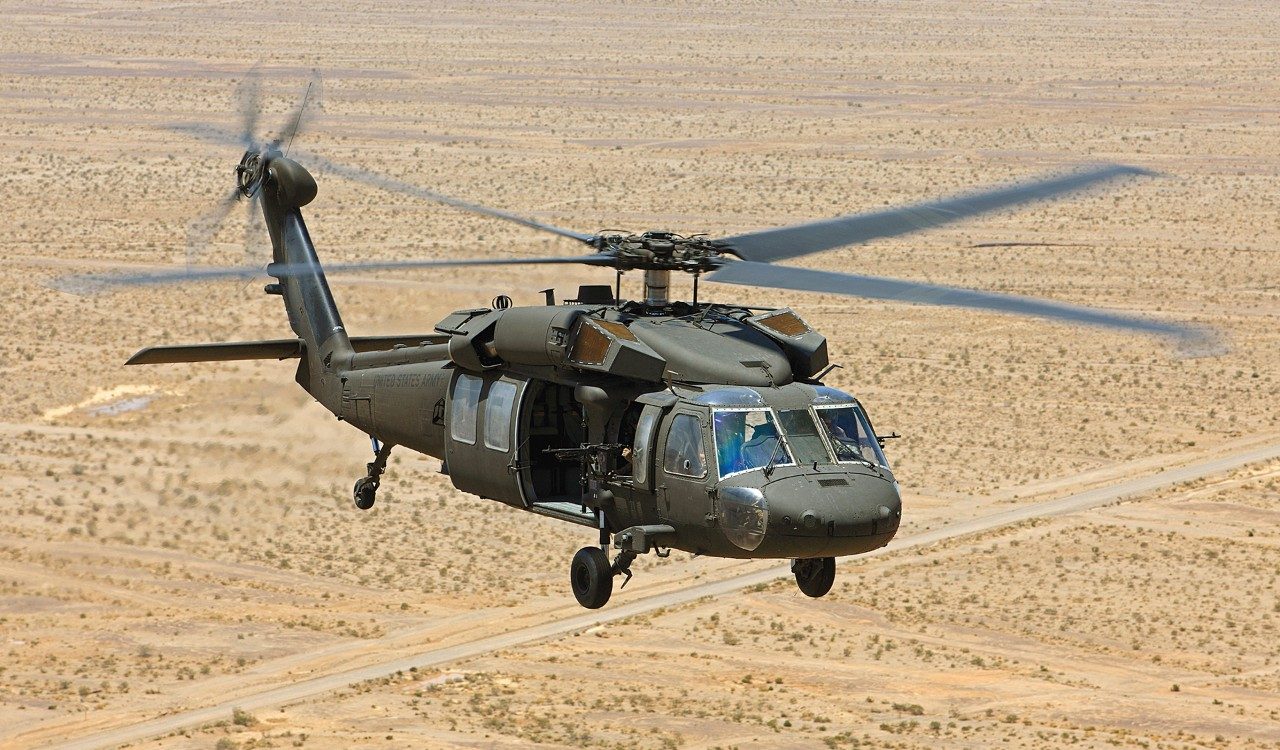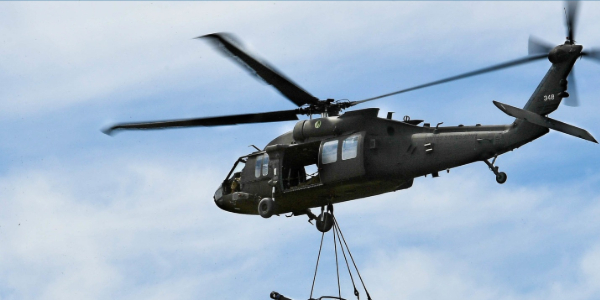A Comprehensive Overview to the Maintenance and Care of Airplane for Longevity
The longevity of an aircraft hinges significantly on its upkeep and treatment, requiring an organized method to make sure optimum efficiency and safety and security. Routine evaluations, paired with a systematic upkeep program, act as essential parts in identifying prospective concerns before they rise. Moreover, the problem of the aircraft's interior and adherence to regulatory criteria play critical duties in preserving its worth. Yet, understanding the intricacies of these techniques can be complex; consequently, it is necessary to discover the crucial elements that contribute to efficient airplane care and the effects of overlooking these obligations.
Importance of Regular Upkeep
Regular maintenance is vital for the safety and security, performance, and long life of airplane. A methodical approach to upkeep guarantees that all parts function efficiently, therefore lowering the threat of mechanical failing during operation. Regular assessments and maintenance permit specialists to identify prospective problems before they rise right into considerable problems, ensuring that the airplane remains in compliance with air travel regulations.
Additionally, preserving an airplane according to the producer's standards is critical for maintaining its value. A well-documented upkeep background can improve resale potential customers and impart self-confidence in potential buyers. Furthermore, regular maintenance adds to functional efficiency, as it helps to enhance fuel usage and performance metrics, bring about set you back financial savings in time.
Moreover, routine upkeep adds to the total safety of trip operations (uh 60). By addressing wear and tear promptly, drivers can reduce threats linked with aging airplane systems. This aggressive strategy not just protects the lives of travelers and crew yet also safeguards the aircraft itself against devastating failures

Daily Assessment Checklist
Exactly how can pilots and upkeep staffs ensure the aircraft is in optimal condition before each trip? The answer depends on a thorough everyday inspection list, which works as a crucial procedure to determine prospective issues that could endanger security and performance. This checklist needs to incorporate numerous key locations, including outside and indoor assessments, as well as practical checks of important systems.
Beginning with the exterior, crews need to analyze the airframe for any type of visible damage, leaks, or indications of corrosion. Focus must be paid to manage surface areas, touchdown equipment, and the problem of tires. Relocating to the interior, the staff must validate that all controls and instruments are functional, guaranteeing that electronic systems are working correctly.

Along with structural checks, it is vital to examine fuel degrees and confirm that all called for records, consisting of registration and weight and equilibrium information, depend on day. Ultimately, a testimonial of emergency tools, consisting of life vests and fire extinguishers, must be performed to make sure compliance with security regulations. By vigilantly following this everyday examination checklist, pilots and upkeep staffs can significantly improve the safety and security and reliability of their aircraft.
Scheduled Upkeep Programs
Arranged upkeep programs are essential for the long-lasting safety and effectiveness of aircraft procedures. These programs are created to make sure that all aircraft parts go through routine assessments, upkeep, and needed repair work at predetermined periods. By sticking to a structured maintenance schedule, drivers can significantly minimize the threat of in-flight failings, enhance aircraft reliability, and expand the life-span of crucial components.
Usually, arranged upkeep is categorized into different levels, consisting of A, B, C, and D checks, each with distinct requirements and thoroughness. A checks are typically a lot more constant and concentrate on standard minor repairs and aesthetic assessments, while D checks are a lot more comprehensive and happen less frequently, including extensive disassembly and overhaul of the aircraft.
Regulative bodies, such as the FAA and EASA, required conformity with details upkeep routines based on aircraft type and use. Operators has to keep precise documents of all maintenance carried out to show conformity and assist in examinations. In addition, the assimilation of predictive maintenance innovations can additionally boost the performance of scheduled programs by identifying potential problems before they escalate, therefore guaranteeing that aircraft stay in ideal condition and all set for risk-free operations.
Take Care Of Airplane Interiors
Caring for aircraft insides is important not just for passenger convenience but additionally for preserving the overall value and safety and security of the airplane. Normal cleansing and upkeep of the interior elements contribute dramatically to a favorable flying experience while maintaining the aircraft's aesthetic appeal.
To pop over to these guys guarantee ideal treatment, it is important to establish a routine cleansing schedule that includes vacuuming carpetings, cleaning down surfaces, and sanitizing high-touch areas. Furniture and seating must be checked for deterioration, with any damages promptly addressed to avoid more wear and tear. Furthermore, attention has to be given to the galley and lavatory areas, which need comprehensive cleansing and restocking of materials to preserve health.
Additionally, the usage of ideal cleaner is vital; severe chemicals can damage finishes and products, so it is recommended to utilize items particularly developed for aircraft insides. Regular assessments should additionally be conducted to determine any kind of maintenance requires, such as replacing worn-out seat covers or fixing home window shades. By prioritizing the treatment of aircraft interiors, drivers can enhance the general passenger experience and protect the financial investment in their airplane.
Comprehending Regulative Compliance
Regulatory compliance is an important facet of aircraft upkeep, frequently requiring drivers to abide by a complicated structure of neighborhood, national, and international standards. This structure is largely established by aeronautics regulative bodies such as the Federal Aeronautics Management (FAA) in the United States and the European Union Aeronautics Security Agency (EASA) in Europe - uh 60. These companies establish forth policies that control various aspects of airplane maintenance, consisting of airworthiness, safety methods, and operational procedures

In addition, drivers have to remain notified about modifications in policies and join training programs to make sure that their staff is knowledgeable concerning conformity demands. Failure to adhere to these regulations can result in severe fines, including fines, grounding of aircraft, or loss of certification. For that reason, understanding and sticking to regulatory conformity is critical for the durability and safety of aircraft procedures.
Conclusion
Finally, the upkeep and care of airplane are vital for guaranteeing long life, safety and security, and operational efficiency (uh 60). Regular inspections, adherence to everyday checklists, and systematic upkeep programs assist in the early identification of prospective problems. Focus to the aircraft's interior and compliance with regulative standards considerably add to maintaining its worth. By carrying out these methods, operators can boost the total experience for passengers while guarding the investment in try this site aeronautics properties.
The site durability of an airplane pivots considerably on its maintenance and treatment, necessitating a structured method to make certain optimal performance and safety. By faithfully following this day-to-day assessment list, pilots and upkeep crews can considerably enhance the safety and integrity of their aircraft.
These programs are created to make certain that all airplane elements undergo normal evaluations, upkeep, and necessary repairs at fixed periods. By focusing on the treatment of airplane insides, drivers can enhance the general guest experience and safeguard the financial investment in their aircraft.
In verdict, the upkeep and care of aircraft are extremely important for making certain long life, safety and security, and operational effectiveness.